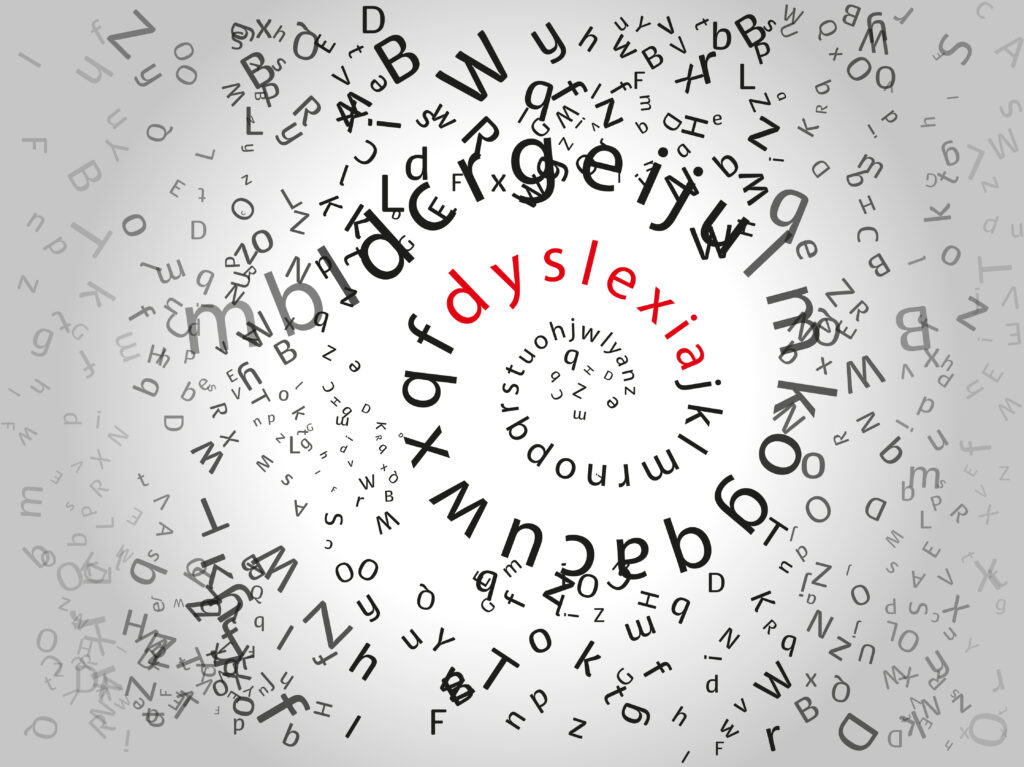
In 2021, I wrote about the challenge of finding children with dyslexia in a sea of struggling readers. At the time, we were beginning to see the national impact of legislation mandating early literacy screening and structured literacy instruction. The promise was clear: if we could spot reading and spelling risk early, we could act early. We could make a difference.
Now, in 2025, we’ve learned a lot. And we’ve also learned where clarity is still sorely missing.
Screening Isn’t the Solution. It’s the Start.
More states than ever have passed legislation requiring K–2 literacy screeners and benchmark assessments in later grades. These tools help us find students who are at risk, especially for the word-reading and spelling difficulties that form the core of dyslexia.
But screening is just the beginning. Without a thoughtful Multi-Tiered System of Supports (MTSS), screening data becomes a warning light with nowhere to go. What’s more, we’ve blurred the lines between early identification of risk and formal diagnosis, and that confusion is hurting kids.
We Are Not Identifying Dyslexia in Kindergarten.
Let’s be clear: we are not identifying dyslexia in kindergarten. We are identifying elevated risk. This is based on evidence, yes, but not certainty.
When we rush to label, we don’t just misrepresent the nature of dyslexia. We also confuse school leaders, psychologists, teachers, and families. That confusion becomes a barrier to the very systems of support we are trying to build.
Dyslexia is real. But it is not simply something a child “has” at birth. It is a developmental, language-based learning difference, shaped by the interaction between biological risk factors and environmental exposure, particularly early instruction. Some children enter school already on a pathway toward difficulty. But, whether that difficulty becomes persistent and severe depends largely on what happens in school.
We Can Prevent Much of the Reading Failure We See.
This is not about denying dyslexia. It’s about honoring the full spectrum of risk and response. With timely, high-quality instruction and early preventative intervention, we can dramatically reduce the number of children who develop severe word-reading and spelling difficulties.
That’s the shift our current policies are only beginning to grapple with. Too often, we conflate diagnosis with destiny. Instead, we need a system that responds to risk dynamically, escalating intensity only when early efforts fall short.
What the Data Is Telling Us.
In my own research, we observed something that might seem counterintuitive: the youngest students, second graders, were the ones who required the most sustained, intensive intervention.
Why? These children, flagged early, showed severe difficulty acquiring even the most consistent word patterns in English. They were not behind simply because of a lack of exposure and instruction. They were showing clear signs of pronounced, intrinsic difficulty.
Older students who emerged later often stumbled as language demands increased. But they had typically developed some basic decoding skills. In contrast, the younger students identified early showed deficits so deep that they required support beyond what most systems were prepared to offer.
Still, the overwhelming majority of students in our study achieved proficiency in word reading. Many also saw gains in reading comprehension. That’s the vision we must fight for, for all children. And especially for those like me, who live with dyslexia.
What We Need from Policy Next.
• Clarity of Language. We must distinguish between risk identification and diagnosis, especially in early grades.
• Developmentally Appropriate Framing. Dyslexia is real, but it is not fixed at birth. It emerges through interaction and can be mitigated through early response.
• Coherent MTSS Models. Screening must connect directly to prevention. Systems must support graduated intensity, not just labels.
• Avoid Overreach in Reporting. Efforts like individual learning plans in several states (AR, MS, TN) are well-intentioned, but risk adding paperwork without clarity unless implementation frameworks are aligned.
• Narratives That Empower, Not Paralyze. We must move beyond debates about labels and focus on the systems that allow students to show what they need.
A Final Word.
Dyslexia is real. But it is not inevitable. And most importantly, it is not a foregone conclusion in kindergarten.
If we want to truly serve students with dyslexia, we must first serve all students well, especially those at risk. Only then will we have the capacity to identify and support those with the most persistent and pronounced needs.
The work continues. And the stakes remain high, for our policies, for our systems, and for every student in our care. Especially for those in my community. For those of us with dyslexia.








